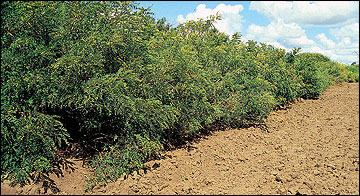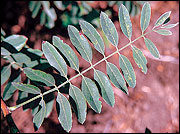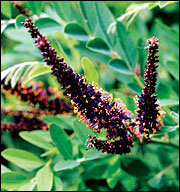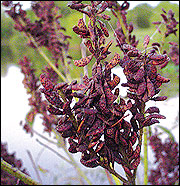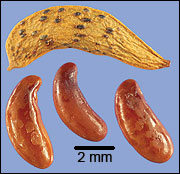False indigo
- Amorpha fruticosa
- indigobush
Woody
The dense foliage and rapid growth of false indigo make for excellent summer thermal cover. This shrub occurs naturally around ponds and other moist areas in the western Midwest, and transplants well.
North Dakota State Soil Conservation Committee, USDA-NRCS Plants Database
Description
The Latin name fruticosa refers to the shrubby character of this plant that occurs in moist ground in thickets along streams, rocky banks, pond borders and open wet woods. The leaves are pinnately compound. The dense flower clusters are deep purple to blue and produce numerous fruits that mature in late summer. The roots and stems of false indigo contain rotenone, which is used as an insecticide and fish poison and has shown some anticancer activity.
Bloom period
May to July
Use by bobwhites
Bobwhites readily eat the seeds of this member of the bean family. The dense, interlacing foliage provides excellent summer thermal and loafing cover and should be included in any bobwhite habitat management plan, particularly around ponds or other water impoundments.



